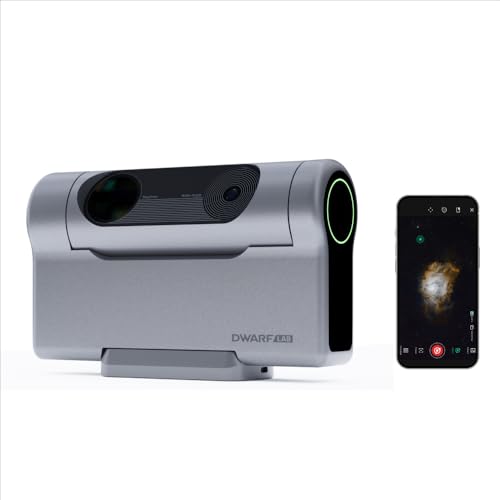Yes, you can use a telescope to view galaxies
One of the fascinating aspects of astronomy is the ability to observe objects and phenomena that are millions or even billions of light-years away. Galaxies, with their intricate shapes and vast sizes, have captivated astronomers for centuries. However, viewing galaxies requires a telescope with certain specifications and techniques to ensure the best viewing experience.
Choosing the right telescope for galaxy observation
The first step in using a telescope to view galaxies is selecting the right instrument. A telescope’s primary function is to collect and focus light, allowing you to see objects in the night sky. When choosing a telescope for observing galaxies, consider the following factors:
- Aperture: This refers to the diameter of the telescope’s main lens or mirror. A larger aperture allows more light to enter the telescope, resulting in brighter and clearer views. A telescope with at least a 6-inch (150mm) aperture is recommended for viewing galaxies.
- Focal length: The focal length determines the magnification power of the telescope. A longer focal length provides higher magnification, which is important for viewing distant galaxies. Look for a telescope with a focal length of at least 1000mm.
- Mount type: There are two main types of mounts – alt-azimuth and equatorial. An equatorial mount is preferred for galaxy observation as it can track the motion of the objects across the sky, allowing for longer observations and better image stability.
Observing techniques and tips
Once you have a suitable telescope, there are several techniques and tips to enhance your viewing experience of galaxies:
- Dark skies: Find a location away from light pollution, such as a rural area or a dark sky reserve. The darker the sky, the more galaxies you will be able to see.
- Use a star chart or smartphone app: The night sky can be overwhelming, so having a star chart or a smartphone app like Stellarium can help you locate galaxies easily.
- Patience and observation time: Galaxies are faint objects, so it may take some time for your eyes to adjust and for the telescope to capture enough light. Spend at least a few minutes observing each galaxy to fully appreciate its details.
- Avoid bright moonlight: Moonlight can significantly reduce the visibility of galaxies. Try to observe galaxies during a new moon or when the moon is not in the sky.
- Filters: Consider using filters to enhance specific features of galaxies. For example, a nebula filter can enhance the visibility of emission nebulae within galaxies.
Popular galaxies for observation
There are numerous galaxies in the night sky, but some are more popular for observation due to their brightness and distinctive features. Here are a few notable galaxies:
- Andromeda Galaxy (M31): The closest spiral galaxy to the Milky Way, visible to the naked eye in dark skies.
- Whirlpool Galaxy (M51): A stunning interacting galaxy with clearly visible spiral arms.
- Sombrero Galaxy (M104): An edge-on galaxy with a prominent dust lane, resembling a Mexican hat.
- Cigar Galaxy (M82): Notable for its bright central region and intense starburst activity.
Capturing images of galaxies
While viewing galaxies through a telescope can be a mesmerizing experience, capturing images allows you to observe and appreciate galaxies in even more detail. Astrophotography requires additional equipment and techniques, but with some practice, you can achieve stunning images of galaxies. Consider investing in a camera attachment specifically designed for astrophotography and consult online resources and forums for guidance on capturing images of galaxies.






